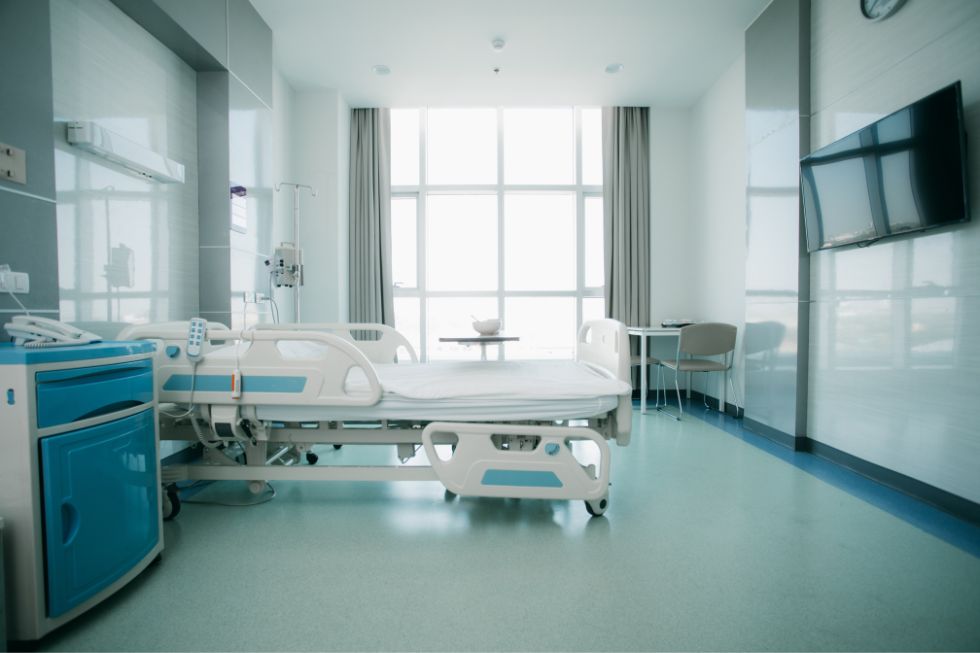Selecting the right hospital bed is a crucial decision that can impact patient comfort, care, and outcomes. Whether you’re a healthcare professional looking to outfit a medical facility, a loved one aiding in home-health arrangements, or a patient seeking to understand their options, knowing the differences between available hospital beds is invaluable. Learn more about the four primary types of hospital beds and their respective applications so you can make an informed choice on which kind of hospital bed is right for you.
Standard Hospital Beds
The most versatile and widely used type, standard hospital beds offer adjustable features that promote patient comfort and support caregivers in many clinical settings. With adjustable head and foot sections, these beds assist in positioning patients for various activities and conditions, ranging from sitting upright to providing pressure relief. Standard hospital beds are the workhorses of inpatient care, commonly seen in hospitals, rehabilitation facilities, and skilled nursing homes. These beds are ideal for individuals with standard care needs and are cost-effective for healthcare organizations.
Low Hospital Beds
Low hospital beds, also known as floor-level or semi-electric beds, offer the same adjustments as standard hospital beds but lower to just a few inches above floor level. This reduction minimizes the risk of fall injuries, making these beds an excellent choice for patients who may have mobility restrictions or are at high risk of accidental falls. Low hospital beds are particularly suitable for environments that prioritize fall prevention, such as geriatric specialties, pediatrics, and long-term care facilities. The accessibility these beds provide to patients and caregivers greatly enhances safety and convenience.
Bariatric Hospital Beds
When standard beds aren’t suitable for patients with above-average weight, bariatric hospital beds step in to provide necessary support. These beds boast greater width and weight-bearing capacity, and are often equipped with reinforced frames and broader mattresses. Bariatric hospital beds cater to patients in acute hospital settings, long-term care units, and anywhere recovery from bariatric surgery requires tailored medical support. The extra-sized dimensions and durable construction ensure patient dignity and caregiver safety in equal measure.
ICU Hospital Beds
ICU beds are the pinnacle of specialized care, engineered to meet the demands of critical care patients. These beds feature advanced technologies such as continuous monitoring, pressure-relieving surfaces, and a high degree of adjustability to assist with complex medical interventions. ICU hospital beds are indispensable in intensive care units, trauma centers, and emergency wards, providing life-saving functionality for patients with severe illnesses and injuries. The meticulous engineering and cutting-edge bed features demonstrate the highest commitment to patient recovery and comfort.
Which type of hospital bed is right for you? It depends on the medical needs of the patient and the setting in which you’ll use the bed. Each kind of bed excels in specific areas of care, and understanding their differences ensures that patients receive the support they require for a successful recovery.
For those seeking economical options without sacrificing quality, Piedmont Medical, Inc. has reconditioned medical furniture for sale, providing cost-effective solutions that don’t compromise on patient care or comfort. Whether you’re in the purchasing seat or the patient bed, knowing your options is the first step toward achieving quality healthcare.


Recent Comments